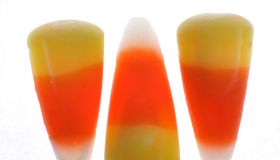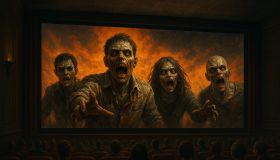The Making of A Cult Classic – “Halloween”
In 1978, a young filmmaker named John Carpenter set out to make a low-budget horror movie about a masked killer stalking babysitters on Halloween night. Working with a budget of just $300,000, Carpenter not only directed and co-wrote Halloween, but he also composed its now-legendary score, one of the most recognizable in film history.
Carpenter’s approach was born out of necessity and instinct. He’d learned simple piano rhythms from his father, a music professor, and used those lessons to create something primal and unsettling. The 5/4 piano pattern—sharp, repetitive, and slightly off-balance – was inspired by early drum exercises he practiced as a kid. “It’s just five notes,” Carpenter once said, “but it does the job.”
He recorded the entire score in just three days using a mix of synthesizers and keyboards, creating an eerie minimalism that perfectly matched the film’s creeping suspense. Without traditional orchestration, the sound became almost mechanical, cold, and relentless, like Michael Myers himself.
Shot in only 20 days in Pasadena, Halloween became a cultural phenomenon, grossing more than $70 million worldwide and defining the modern slasher genre. But Carpenter’s music was its heartbeat. Test audiences who saw early cuts without the score didn’t find it scary, until that haunting piano theme was added.
With Halloween, John Carpenter proved that fear doesn’t need big budgets or fancy effects, just a few notes played in the dark.
Doug O’Brien






